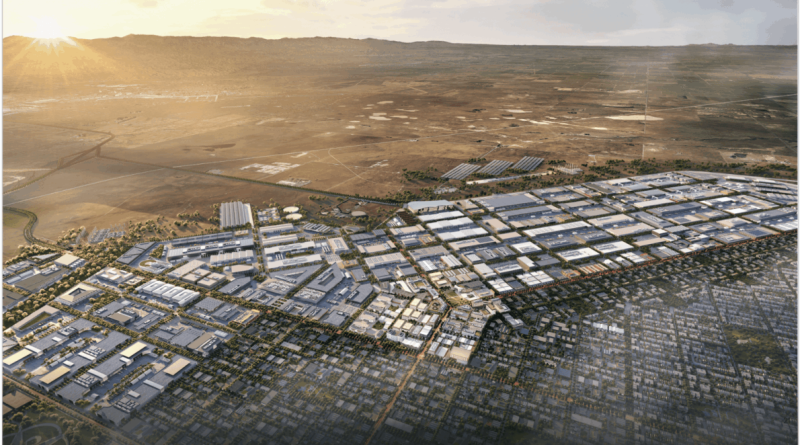Is Silicon Valley’s wildest idea the future of American manufacturing?
In a marked shift from Silicon Valley’s usual model, a group of investors is funding a project to build a new city in Northern California. At the center is the Solano Foundry, a 2,100-acre advanced manufacturing hub in Solano County. Backed by prominent figures including Reid Hoffman, Marc Andreessen, and Laurene Powell Jobs, the initiative aims to revive domestic industry, generate thousands of jobs, and convert rural land into a center of production. As the plan unfolds, scrutiny is growing over its environmental impact, transparency, and whether such a manufacturing revival can meet its goals.
Solano Foundry’s plan to rebuild American manufacturing
The Solano Foundry is planned as a large-scale manufacturing park near the border of Silicon Valley. It is set to host up to 40 million square feet of industrial space, with 35,000 manufacturing jobs and 5,000 warehousing roles projected. Sectors include defense, energy, transportation, ag-tech, and robotics, areas where domestic production has weakened over recent decades.
The plan is to restore the connection between research and production by situating factories near innovation centers. Supporters frame this as a shift from “designed in California, made overseas” to “designed and made in California.”
The site is located about 60 miles northeast of San Francisco, close to Travis Air Force Base, major rail lines, and a proposed shipyard. Supporters point to this access to transportation and military assets as key to its long-term viability.
The investor class and a shift in Silicon Valley’s mindset
California Forever signals a broader shift among Silicon Valley investors. Once focused almost entirely on software, venture capital is now backing physical infrastructure. Disruptions during the pandemic and concerns over national security have made domestic production a political and business priority.
Hoffman, Andreessen, and Powell Jobs are betting that infrastructure and manufacturing are poised for a return. These investments also align with public policy, including the CHIPS Act and a renewed emphasis on domestic supply chains.
By embedding manufacturing within a full city plan, the group positions itself not just as a land developer but as a partner in national industrial policy. If successful, the project could benefit from both private capital and federal incentives.
Public resistance, environmental pushback, and broken trust
Despite its promise, the project has met sharp resistance. In earlier phases, the company bought farmland under anonymous entities and filed lawsuits against local landowners. Critics say this approach damaged trust before any formal plans were announced.
Environmental groups warn that the project threatens local ecosystems, groundwater supplies, and air quality. A 2023 fiscal review projected a $200 million annual deficit for public services and infrastructure if the project advanced without major revisions. In response, California Forever withdrew its initial rezoning request and began a new environmental review process.
Opponents also question the need for a full city to support a manufacturing district. Some suggest the jobs could be added through expansion of existing industrial parks or public investment, without the risks associated with a new urban buildout.
Will the factory city model actually work?
Solano Foundry’s approach blends urban planning with manufacturing development. While similar attempts such as Foxconn in Wisconsin fell short, California Forever presents a more integrated model that ties together housing, transit, energy use, and industry.
The company proposes water limits of 60 gallons per person per day, compared with the regional average of about 100. It also promises open space preservation and high-density design to reduce environmental pressure. These efforts remain plans, however, and execution will depend on local approvals and community support.
Doubts persist about whether the scale is practical. Building a city from scratch comes with risks not seen in traditional industrial redevelopment. The complexity of permitting, utilities, public services, and environmental reviews may slow the process well beyond its projected timeline.
Solano Foundry is a test of whether American manufacturing can be rebuilt through private investment and long-term urban planning. Its backers argue that the nation needs this kind of bold approach to compete globally and strengthen its economic foundation.
The coming years will be crucial. Environmental reports, community votes, and infrastructure decisions will determine whether this vision becomes reality or stalls. If it succeeds, the project could serve as a model for reshoring. If not, it may reinforce doubts about whether industrial policy and private capital can truly align.
Sources:
The Guardian
Photo credit:
California Forever
